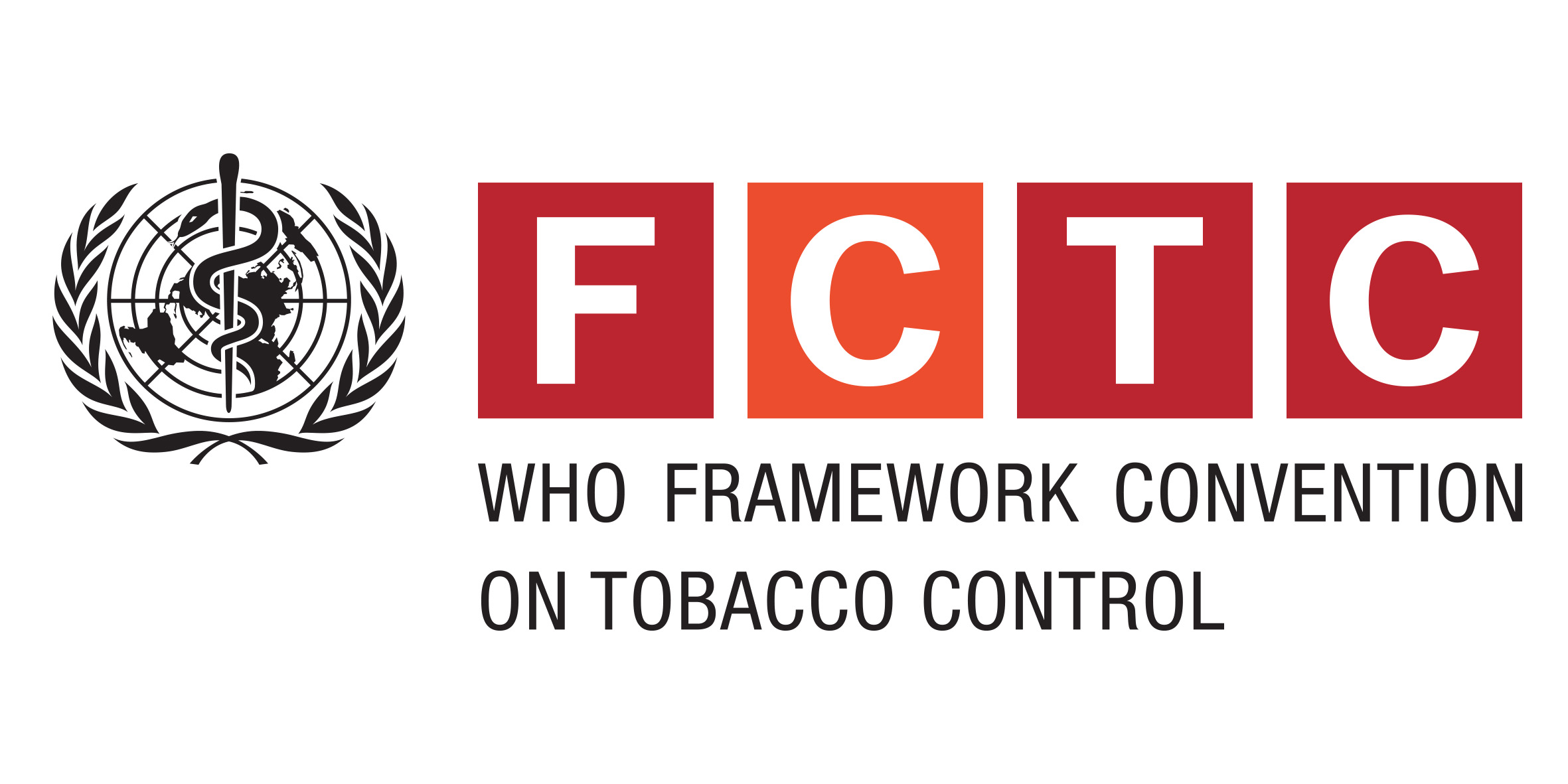Journal Article
Print(0)
Journal of psychoactive drugs
J.PSYCHOACT.DRUGS
1992/
24
2
193
212
0279-1072
Unknown(0)
Vapors were once thought to be exhalations of body organs (such as the stomach), which affected the physical and mental state of a person. Early American pioneers frequently blamed almost any muscle ache, pain or fever on 'the vapors.' Mental depression, hysterical nervous conditions and other psychological illnesses were all attributed to the elusive vapors. It seemed logical that to cure maladies caused by the exhalation of vapors one simply inhaled medicinal agents in the form of gases or fumes. In so doing, the American pioneers were repeating a form of traditional medicine that is as old as humanity itself. The history of vapors and their curative powers can be traced to both Old and New World practices. In the Old World, the ancient Sumerians, Egyptians and Greeks, among others, employed the vapors of marijuana, opium and carbon dioxide. In the New World, early South and North Americans burned tobacco and coca. Nearly everywhere these practices spread, local cultures embellished the vapors with their own plant drugs. Three such practices remain today: the smoking of tobacco, opium and coca. The Spaniards introduced tobacco smoking to the Philippine Islands from where it spread to China at the beginning of the seventeenth century. The Chinese, finding the tobacco somewhat unpleasant, mixed various substances with it including arsenic, marijuana and opium. The Persians, also finding it unpleasant, passed the smoke through water and developed early versions of water pipes. By the end of the seventeenth century, tobacco dipped in opium was commonly used in Java. This custom spread to Formosa and then back to China. Gradually, the Chinese faded out the tobacco and began smoking opium alone and this practice became widespread by the end of the eighteenth century. The Chinese refined the opium preparations and a concentrated paste of crude opium became the preferred form. The paste was heated and the smoke or vapors were inhaled. Enormous doses were sometimes smoked, doses that would produce certain death if taken orally or by a nontolerant user (Kane 1882). Since those early beginnings, opium has captured the romantic imagination, bodies and minds of people across the planet. Yet, as historian A.R. Neligan (1927: 34) points out, opium takes a far tighter hold of an individual than all other drugs except cocaine. Cocaine vapors shared a similar association with tobacco smoking in its South American genesis. The magico-religious uses of tobacco burning and smoking, the sacrificial burning of coca leaves, the inhalations of tobacco smoke to cure disease, the medicinal inhalation of vapors from burning coca seeds, and the chewing of mixtures of tobacco and coca leaves were all common events in the early history of that area. Eventually a crude coca paste was mixed with tobacco and smoked. As the practice spread to North America, the tobacco was gradually eliminated. Innovative pioneer alchemists in the United States in the twentieth century have refined the coca paste into a purified alkaloid more suitable for smoking. Called cocaine free base, the product is heated in water pipes and the smoke or vapors are inhaled. Like the opium vapors, enormous doses of cocaine are sometimes inhaled: doses that have produced lethal effects when administered via other routes. The resultant practice of cocaine smoking has become a new fad. But smoking vapors of cocaine is like the phantasms the word 'vapors' suggests: a foolish and fanciful, albeit fashionable, notion. It may also lead to a potentially toxic and dependence-producing disorder. THE COCAINE SMOKING DISORDER: The major findings of this monograph present evidence for a new substance mental disorder, the Cocaine Smoking Disorder. The diagnostic criteria for this disorder are: A. Recent use of cocaine via smoking of the free base (or coca paste). B. At least two of the following psychological symptoms within less than one hour of smoking cocaine: 1. psychomotor agitatio
cocaine, adult, article, clinical article, drug abuse, female, hallucination, human, interview, male, myalgia, paranoia, psychosocial disorder, violence, visual impairment
Embase
Embase
Siegel,R. K.
Siegel, R.K., Psychiatry/Biobehavioral Sci. Dept., UCLA School of Medicine, Los Angeles, CA, United States
http://vp9py7xf3h.search.serialssolutions.com/?charset=utf-8&pmid=
1992

